Rachel Pieh Jones—also known as Djibouti Jones—is the author of Pillars, Stronger than Death, Finding Home, Djiboutilicious, The Expat Cookbook, and Welcome to Djibouti. She writes and speaks about life at the crossroads of faith and culture, and her work appears in the New York Times, Runners World, Christianity Today, Deadspin, and many other places.
Djibouti is a small country in the Horn of Africa with creative nicknames like the Hell Hole of Creation and the Devil’s Lair. Picture a rock-strewn desert along the ocean and then add flames of fire and wisps of smoke. It is so hot in Djibouti that lollipops melt in my purse, spare car tires burst in the sun, and my daughter and I baked chocolate chip cookies on the dashboard of our Jeep one August afternoon.
There are seasons of high humidity when the “real feel” passes 120 degrees. On my runs during these seasons, my earlobes and eyelids sweat. Sweat droplets spray from my elbows as I pump my arms. I leave damp footprints through my shoes and frothy foam gathers on my butt, on my shoes, and at my armpits. It is gross.
There are also dry seasons when the humidity goes away and the temperature shoots up to 115-120 all on its own. On runs in these seasons, my lips and hands crack and bleed. I can finish a run and not sweat a drop, then chug a liter of water or Gatorade, and not pee for the whole day. It is a problem.
We do have a few months of bliss in the winter. November through February when the temps hover between 75-85. This is when my kids used to ask for hot chocolate, blankets, and wondered when it would start to snow. This is when I ran my own post-cancer marathon this year.
All that is to say I have a little bit of experience with heat after running in Djibouti for 13 years.
Standard tips for how to beat the heat all apply: go early in the morning, wear light clothing, hydrate, stick to shady routes.
Djibouti temps don’t change much throughout the day but beating the sun is important, except during the khamsin, or dusty-wind season, when the sun barely breaks through the haze. Because this is a Muslim country and I want to be respectful, I don’t wear shorts. There are no public drinking fountains and if I stashed a water bottle somewhere, a thirsty person would grab it. And there aren’t many shady routes in a desert.
I have developed some other, serious beat-the-heat tricks. They don’t totally beat the heat but they help on the run and they help to recover from the run.
Freeze your liquid. Throw your water bottle or camelback in the freezer the day before. For water backpacks, fill the bladder and put it back into the backpack and freeze the whole thing. Otherwise, you will have trouble sliding the ice block bladder into the backpack before your run. Don’t overfill it and make sure nothing else valuable like a phone is left in one of the pockets. No problem if your Gu or gel blocks freeze, they will thaw out again. I load mine all up the night before. If you want, you can add more water in the morning to help the melting process begin. For me, by mile 2-3, I can start getting water out of it. The benefit of freezing a water bottle that you carry in your hands is that you will have cold hands. You can wipe them on your forehead to cool down.
Wear a thin sweatband. On every walk break, wring it out and let it dry a bit. It will feel cooler even after just a minute or two when you put it back on as you start running again. You can also dip it into the now melting water for even more cooling on your head. That takes some finagling with the backpack, but you will need to take walk breaks anyway and may as well multitask during them. We mother runners are master multitaskers!
Sunglasses. Personally, I don’t like sunglasses in this heat. Sweat gathers under them and they get foggy. But some people do find they help.
Wear fitted clothing. This will help significantly with chafing. Once loose clothes are drenched in sweat, they are heavy and flap around. I used to hear my pants slapping against my shins and the chafing was extreme. In dry heat this is less important. Use the clothes to fan yourself a bit on your walk breaks.
Alternate shoes. Soggy shoes take a long time to dry, especially in a humid location. I have been able to pour sweat out of my shoes after runs, just as if I’d been through a river or rainstorm. Continuing to run in shoes that damp can cause blisters and stinky feet. Have at least two pairs your rotate through or don’t run every day.
Own it. It is hot. It is hard. It is gross. You are slower. It’s all good. You are running. You’re strong, brave, and determined. You are a runner.


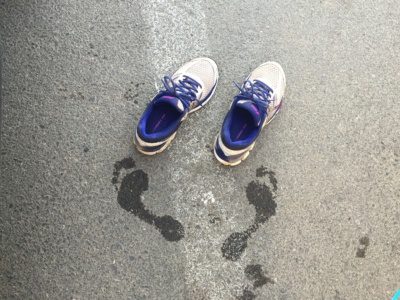
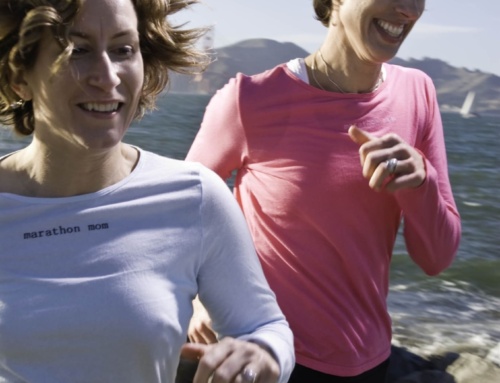
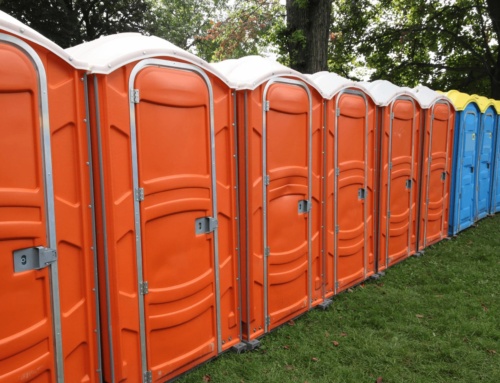
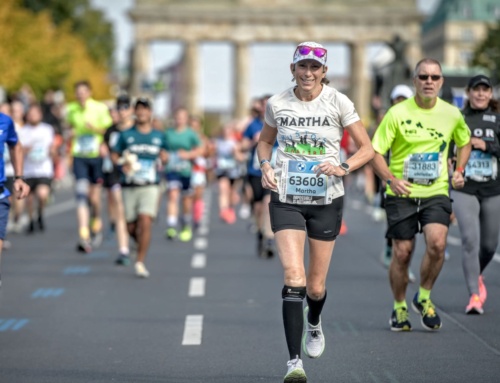
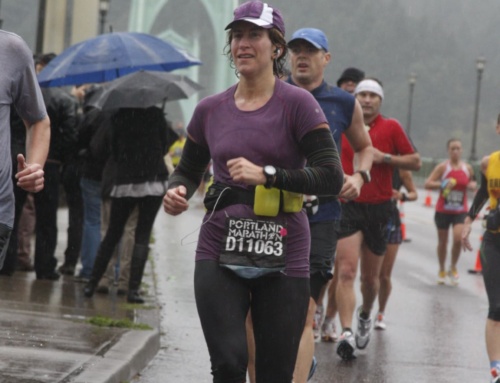
This is so helpful!!!
I got heatstroke just reading this, I don’t know how you do it. You are truly a badass! Freezing things is a huge help for sure. I will either wet myself down or just wet my shirt and hat prior to heading out as well.
Rachel, your perseverance, positive attitude and respect for your home culture is truly remarkable! I an blessed by your encouragement even as I think I am “sweltering” in Minnesota – which I clearly am NOT! It’s great perspective for me…..and my children!